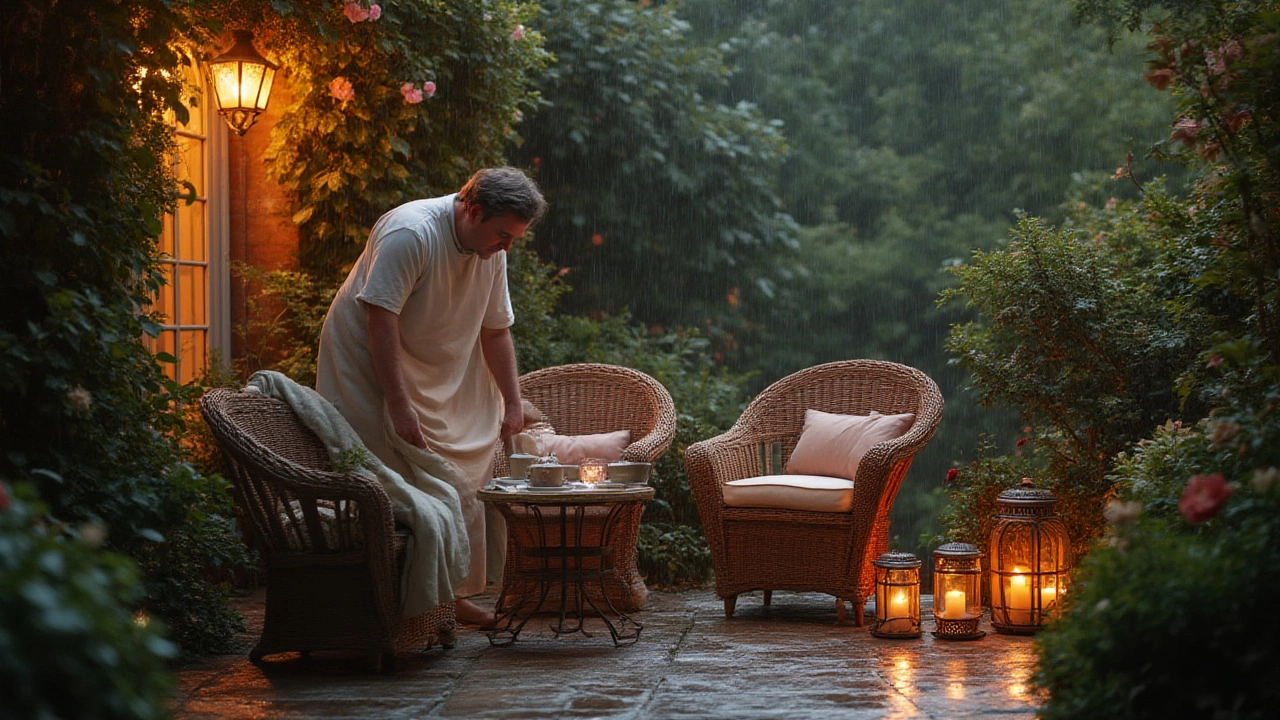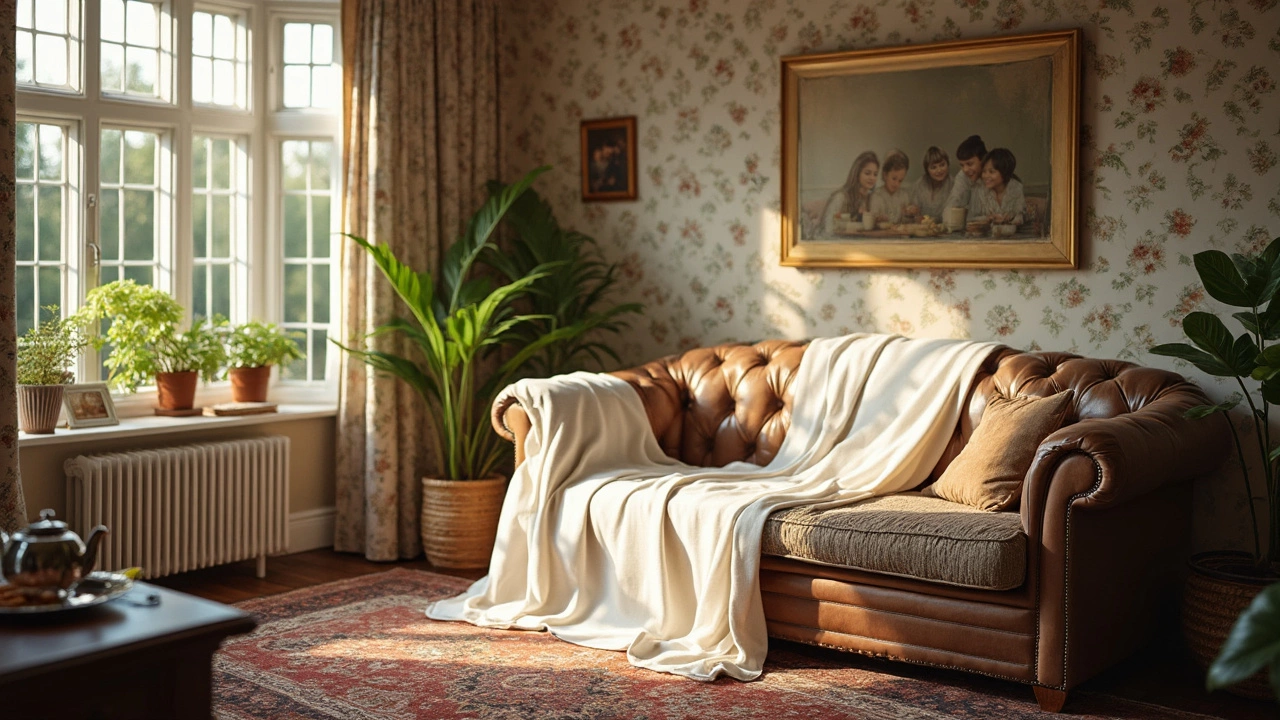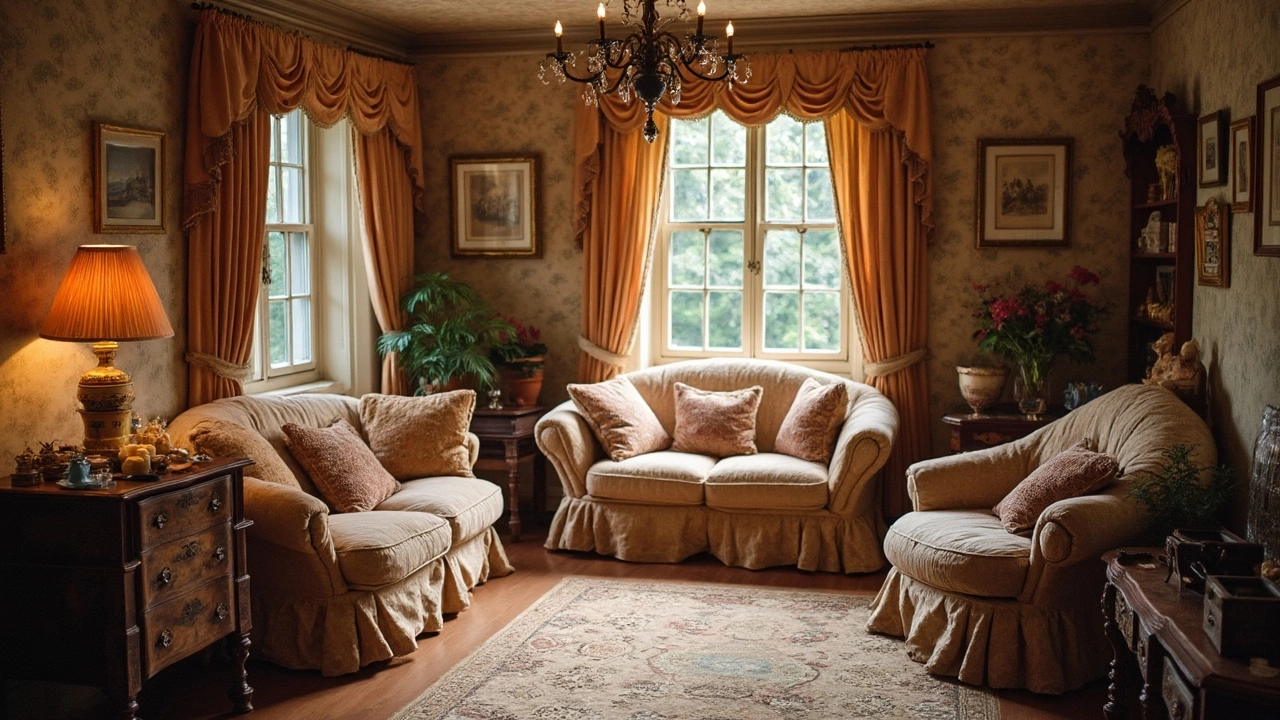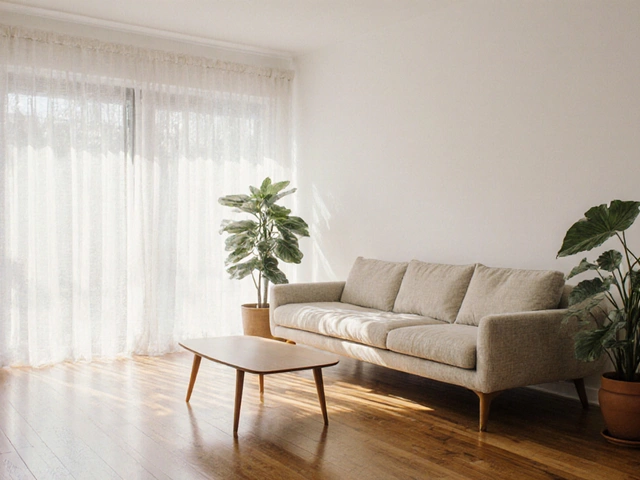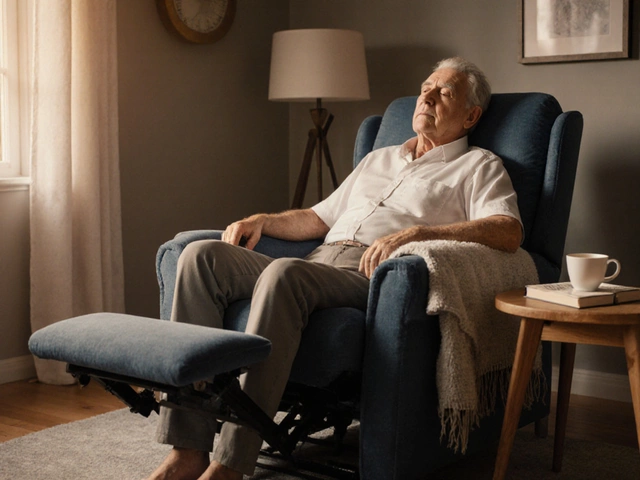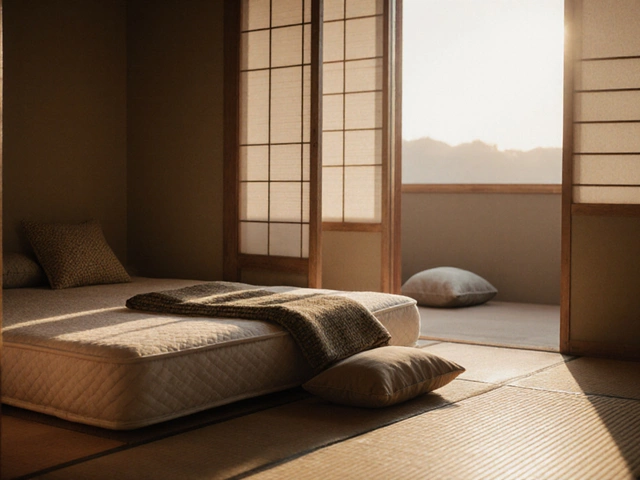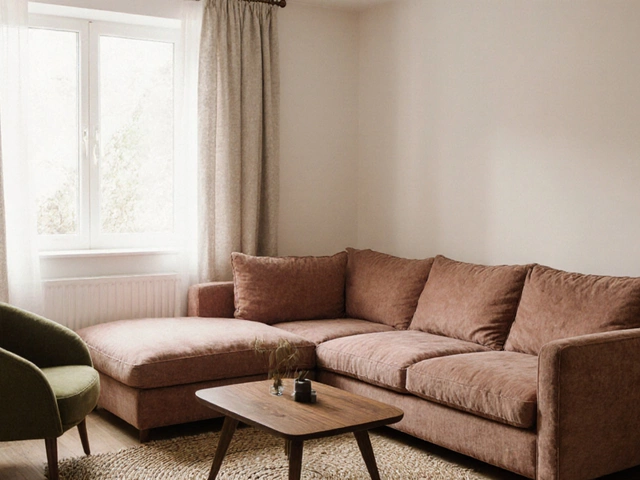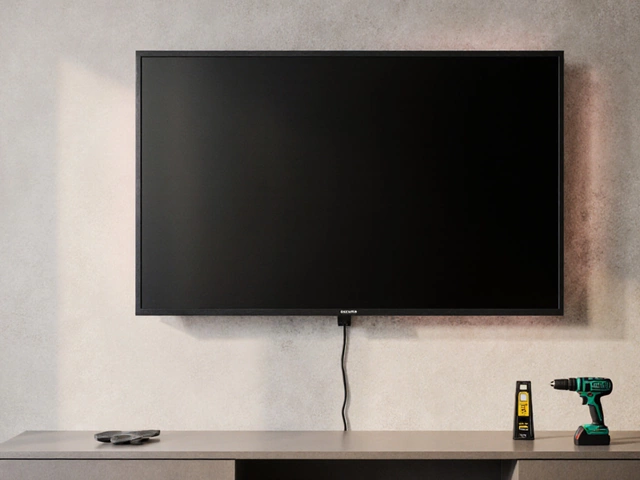Furniture Covers: Simple Ways to Keep Your Pieces Looking Fresh
If you’ve ever seen a sofa with sun‑faded cushions or a garden table rusting after a rainy season, you know how quickly furniture can wear out. The good news is you don’t need a pricey makeover to fix that. A well‑chosen cover can stop damage before it starts, whether the item lives inside your home or out on the patio.
Why You Need Furniture Covers
First off, covers are a tiny investment for a big payoff. They block UV rays, rain, dust, and even little pests that love to hide in fabric. For indoor pieces, a slipcover can protect against spills, pet hair, and daily wear. Outdoor furniture gets hit with wind, pollen, and occasional snow – all of which can sap the finish and weaken the frame.
Another reason to use covers is convenience. A removable cover is easy to wash, so you don’t have to deep‑clean every cushion or chair leg. It also makes seasonal storage a breeze: wrap up your patio set in a breathable cover before winter and pull it out again in spring without worrying about rust or mildew.
Best Types of Covers for Different Furniture
Outdoor sofas and chairs: Look for covers made from UV‑resistant polyester or acrylic. These fabrics stay strong in the sun and drain water quickly. Make sure the cover has straps or ties to keep it from blowing away on gusty days.
Dining tables: A simple tarp works, but a fitted cover with elastic edges will stay snug and protect the tabletop from scratches. If your table is wooden, choose a cover with a breathable membrane to prevent moisture buildup.
Indoor sofas and armchairs: Slipcovers in cotton or stretchy knit are easy to put on and pull off. They come in many colors, so you can change the look of a room without buying new furniture. Washable fabrics are a win – just toss them in the machine.
Bed frames and headboards: A light dust cover keeps bedding dust‑free when the room isn’t in use. For wooden frames, a soft, padded cover can stop dents if kids jump on the bed.
When you pick a cover, measure the furniture first. A cover that’s too small will slip off, and one that’s too big will flap in the wind. Most manufacturers list exact dimensions, so a quick ruler check saves hassle later.
Don’t forget the little things. Small cushions, footrests, and ottomans also need protection. A set of matching mini‑covers keeps the whole set looking cohesive and prevents mismatched styles.
Maintenance is easy. For outdoor covers, shake off debris, hose down after heavy rain, and let them dry before storage. Indoor slipcovers can be machine‑washed on a gentle cycle – just follow the label.
Finally, think about where you store the covers when not in use. A dry, ventilated space prevents mold. If you have a garage or shed, keep the covers off the floor on a shelf to avoid dampness.
Using the right furniture cover reduces the need for costly repairs, extends the life of your pieces, and keeps your home looking tidy. Whether you’re protecting a garden set or giving a sofa a fresh look, the right cover does the job with almost no effort.
Should You Cover Patio Furniture Every Night? Complete Guide with Expert Tips
Is it worth covering patio furniture every night? Get the straight answer, clear tips, and smart strategies to keep your outdoor set fresh and lasting longer.
Sheets Over Couches: The Real Reasons People Do It
Why do folks keep throwing sheets over their couches? It's not just a style thing—it's about protecting, saving money, and making cleaning easier. We'll look at the main reasons behind this habit, real tips for doing it right, and some hacks that actually help. This article gives you straight answers and practical advice. You'll never look at a sheet-covered couch the same way again.
What to Put Over Furniture in Storage: Tips and Tricks
Storing furniture isn't just about finding space; it's about protecting your items from dust, moisture, and pests. Using the right covers can save your furniture from damage and keep it clean. This article presents practical tips on choosing suitable coverings for different types of furniture while emphasizing the importance of material choices and storage conditions for optimal preservation.
